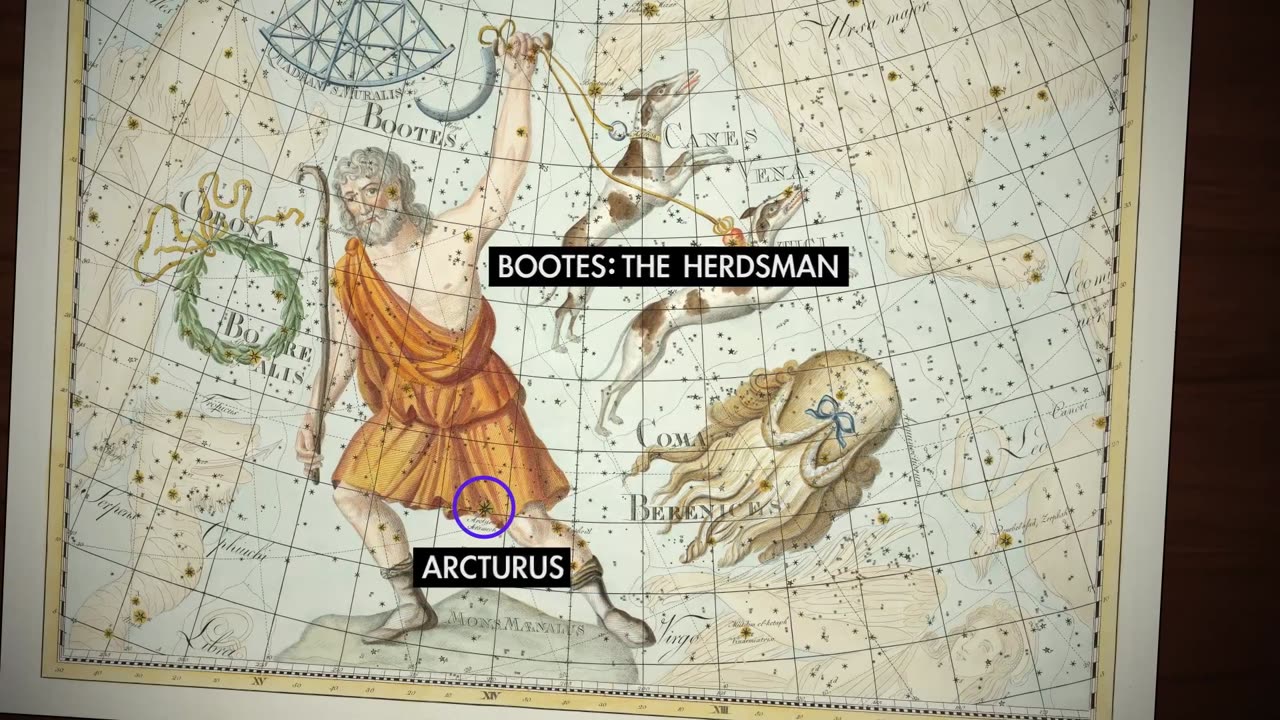Premium Only Content

What’s Up: June 2023 Skywatching Tips from NASA
Mars and Venus, Summer Stars, and the June Solstice!
The planets of war and love draw nearer each night, as the bright stars of Northern Hemisphere summer rise. And note the June solstice on the 21st.
Monthly Highlights
June 1-2 – Mars is in the Beehive Cluster (M44). Look for the Red Planet in the west after dark, where binoculars or a small telescope will reveal a backdrop of glittering stars in this open star cluster.
June 3 – Full moon
June 18 – New moon
June 21 – The crescent Moon makes a lovely grouping with Venus and Mars tonight. Find them in the west following sunset.
June 21 – June Solstice. For the north, it's the longest day of the year, as the Sun traces its highest, longest path across the sky. The situation is reversed in the Southern Hemisphere, where it's the shortest day of the year, during the cool months of winter.
All month – Mars and Venus draw nearer each evening in the western sky following sunset. The pair will appear a bit lower in the sky each night.
All month – Saturn leads Jupiter into the new day. The Ringed Planet rises around midnight, with Jupiter trailing behind a couple of hours later.
All month – The two bright stars high overhead in the first few hours after dark are Spica and Arcturus (for Northern Hemisphere skywatchers).
Southern Hemisphere observers will find bright stars Alpha Centauri and Hadar, along with the stars of constellation Crux, in their south-facing view.
All month – Notice the stars of the Summer Triangle – Vega, Deneb, and Altair – rising in the east in the couple of hours after dark. They rise earlier each month throughout the summer.
TRANSCRIPT
What's Up for June? Planets buzz the Beehive, your bright evening stars, and how the Summer Solstice revealed the size of planet Earth.
On June 1st and 2nd, Mars will be in the Beehive. The Red Planet passes through the Beehive Cluster, also known as Praesepe or M44. It's a well-known open cluster of stars located around 600 light years away in the constellation Cancer, the crab. The pairing will make for great viewing through binoculars or a small telescope, with a sparkle of faint stars surrounding the rust-colored disk of Mars.
-
 LIVE
LIVE
Robert Gouveia
2 hours agoNewsom Crushed AGAIN!! NBA Arrests! NEW Pipe Bomber Info! Melania SUED!
479 watching -
 LIVE
LIVE
Sean Unpaved
1 hour agoHoops & Handcuffs: FBI's Mafia Takedown in NBA Betting Scandal
95 watching -
 LIVE
LIVE
Side Scrollers Podcast
1 hour ago🔴FIRST EVER RUMBLE SUB-A-THON🔴DAY 4🔴WAKE YOUR ASS UP!
917 watching -
 LIVE
LIVE
Rebel News
1 hour agoCarney's lacklustre speech, Libs partner with China, How many illegals in Canada? | Rebel Roundup
246 watching -
 41:55
41:55
The Rubin Report
3 hours agoListen to ‘The View’ Crowd Gasp as Whoopi Lies to Their Faces
84.2K37 -
 LIVE
LIVE
The Mel K Show
2 hours agoMORNINGS WITH MEL K - Cause and Effect: The Intentional Dumbing Down of a Nation - 10-23-25
764 watching -
 LIVE
LIVE
ReAnimateHer
1 day agoFIRST Live Stream Rusty Hookin
21 watching -
 LIVE
LIVE
The Shannon Joy Show
4 hours ago🔥SJ Show 10/23 * Rep Tom Massie LIVE On Trump’s Beef Rancher Rug Pull * Civil Unrest Incoming * How To Prepare W/ Brett Miller 🔥
229 watching -
 1:07:26
1:07:26
Grant Stinchfield
3 hours agoTeachers’ Lounges Turned Into Political War Rooms
10K5 -
 1:01:04
1:01:04
VINCE
4 hours agoTop Democrat Says the Quiet Part Out Loud | Episode 153 - 10/23/25
220K248